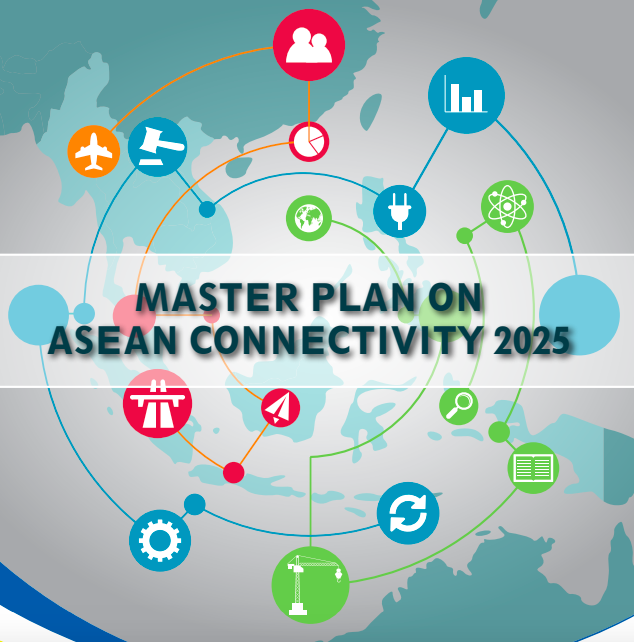Commentaries
The views expressed are the author's alone and do not constitute official positions of APPFI.
The views expressed are the author's alone and do not constitute official positions of APPFI.

Photo Source: Sino-Singapore Tianjin Eco City
The world’s cities are getting smarter. The dual trends of steady urbanization and digitization have changed the way major cities are being governed and managed. Such trends are embodied in the concept of the “smart city,” a model of using information technology in managing ever-growing urban environments across the globe.
The Philippines definitely has intentions of following this trend. Some of the major plans for smart cities include the “City of Pearl” (407 hectares) in Manila, Clark Green City (9450 Hectares) in Tarlac, and Quezon City, with city hall announcing their plans after hosting the 2018 Smart City summit. Whether these plans can solve the problems of Philippine cities remains to be a valid debate.
At a glance, the Philippines may seem ripe for the integration of smart cities. Filipino society has indeed become significantly digitized with Filipinos comprising a huge portion of social media users around the world and one of the largest app markets in Southeast Asia. However, the Philippines also has among the slowest internet speeds in the region and among the worst urban planning in the world with regular traffic jams in major roads. Though the Philippines has a potential market demand for smart cities, the country lacks digital as well as physical infrastructure to supply the promised benefits of a smart city.
The China-Philippines Scarborough Shoal stand-off in 2012, the China-Vietnam oil-rig incident in 2014, China’s island-building and militarisation operations, the Philippines’ Permanent Court of Arbitration landmark victory in 2016 and the regular US-led freedom of navigation operations all highlight the inefficacy of the 2002 Declaration on Conduct (DOC) of Parties in the South China Sea and the complex interplay of economic, environmental, legal, political and strategic issues.

It has now been a little more than two years since the ASEAN Master Plan on Connectivity 2025 was introduced. It seemed that, following years of calls for increased investment, ASEAN as an organization has recognized the need for regional infrastructure to enable closer economic and social linkages between the member states. The current plan, an update over the 2011 version, has a firm footing in global connectivity trends and a more focused agenda. Compared to the first plan, which had a bit of a wish-list character, the current connectivity plan has been well-received, particularly by ASEAN’s external partners.
The year 2018 witnessed an intensification of the geopolitical rivalry in the Indo-Asia-Pacific region, particularly between the United States (US) and China. In January 2018, the Pentagon released the summary of the classified National Defense Strategy (NDS). Along with Russia, the NDS identified China as one of the “revisionist powers.” Overall, the NDS provides that Beijing’s objective is to “reorder the Indo-Pacific region to [its] advantage,” as well as the “displacement of the [US] to achieve global preeminence in the future.” Thus far, China appears to be taking geopolitical steps to achieve these strategic objectives.
Despite an international ruling that largely debunked China’s maritime claims, Beijing continued with beefing up its artificial islands in the South China Sea (SCS). This year alone, China installed, among others, anti-ship cruise missiles and surface to-air missile systems, as well as jamming equipment. In May 2018, China landed bombers in the Paracels, the range of which includes practically the entire Philippines. Washington responded by conducting more freedom of navigation operations (FONOPs) in the region. In September 2018, the US and China were nearly in a literal collision when the guided-missile destroyer USS Decatur, conducting a FONOP, was approached by a PRC Luyang destroyer and “conducted a series of increasingly aggressive maneuvers accompanied by warnings for [USS Decatur] to depart the area.” The US further added that the PRC destroyer “approached within 45 yards of [USS Decatur’s] bow, after which [USS Decatur] maneuvered to prevent a collision.” On the economic front, Washington and Beijing are engulfed in a trade war.